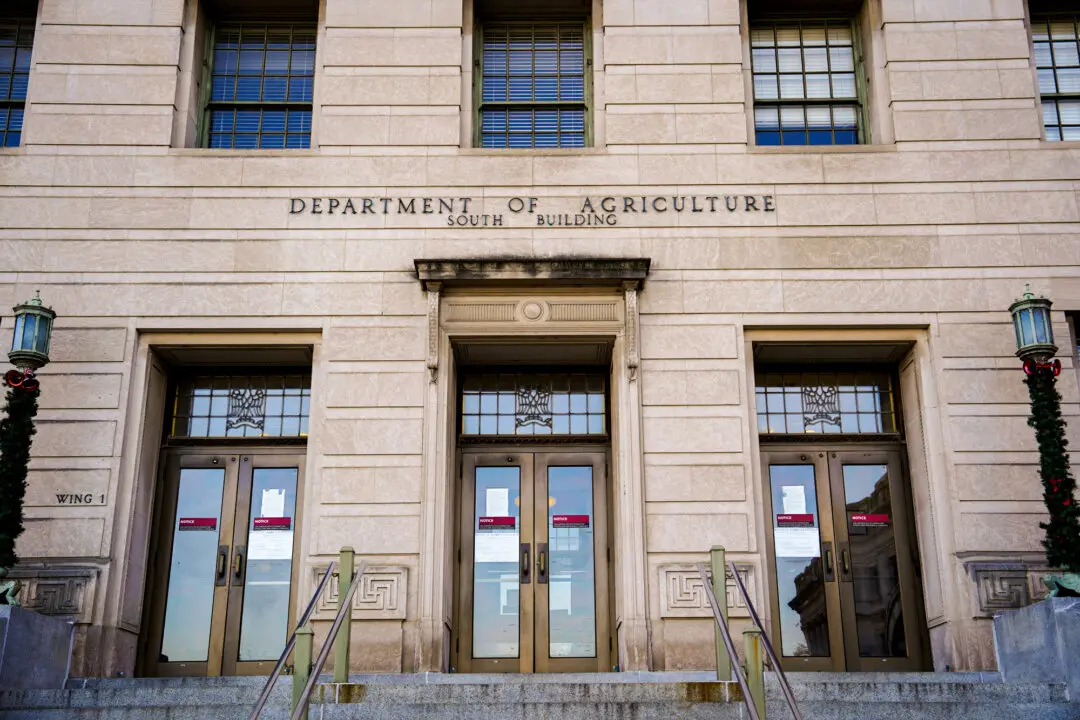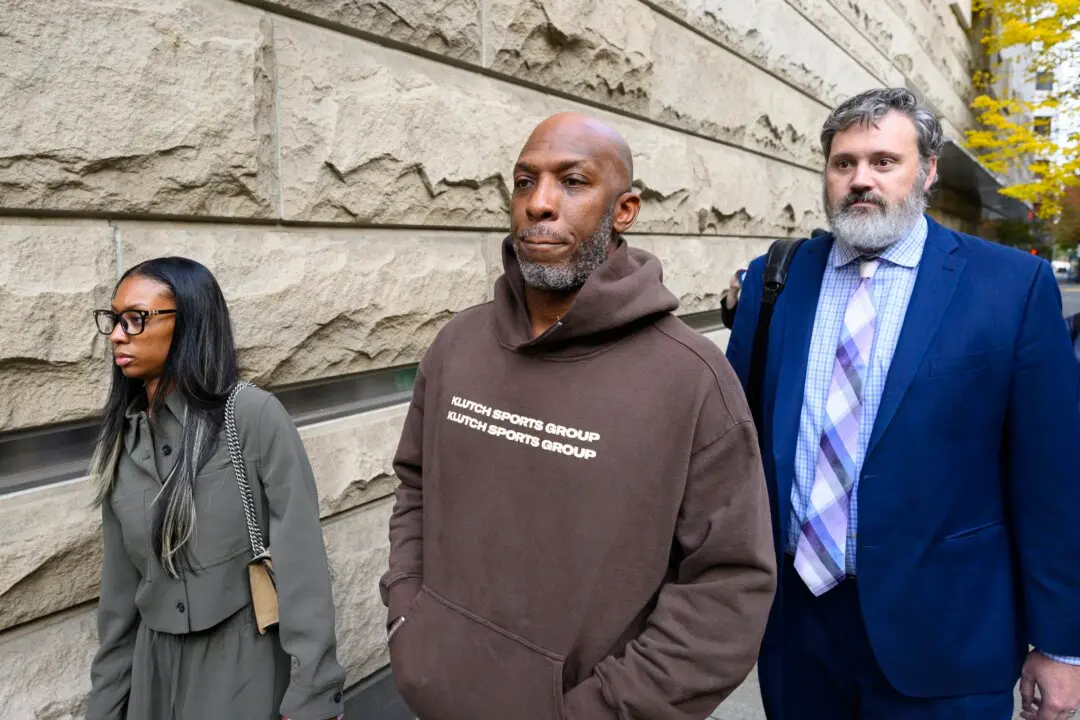Twenty-five governors are urging President Joe Biden to end the COVID-19 public health emergency, which has remained in place despite a drop in COVID-19 metrics and the emergence of less virulent variants.
The governors say the emergency phase of the COVID-19 pandemic is and has been over for some time, noting that Biden himself said in September that “the pandemic is over.”





